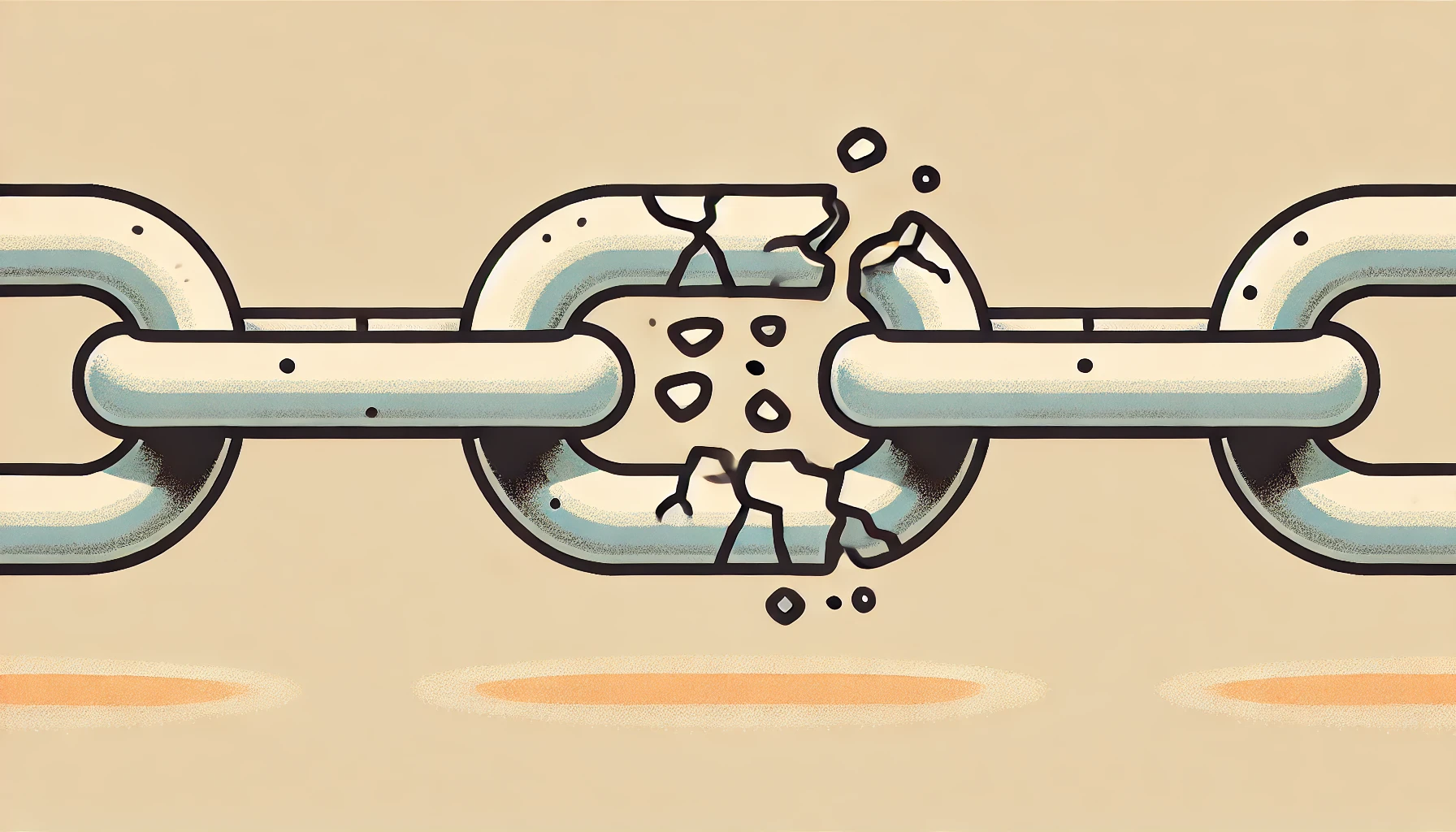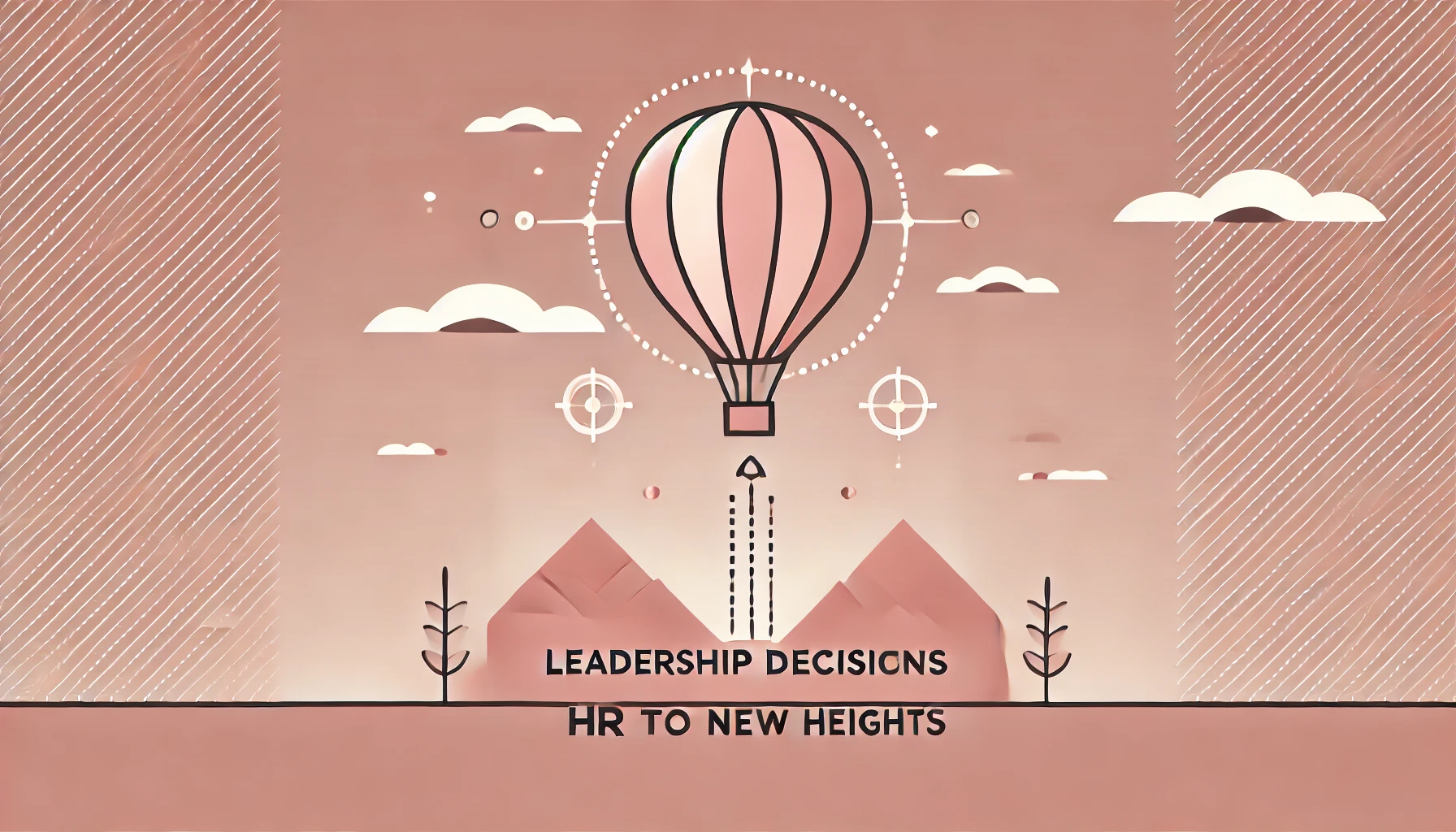Sometimes, it’s easy to get stuck in the idea that success comes from huge leaps forward.
Yet, the truth is, change happens with small steps, consistently applied. This is the core message from the game-changing book Atomic Habits by James Clear.
The book teaches how tiny improvements made every day can lead to big results over time, far beyond what most expect when they first start.

The Power of 1% Better Every Day
One of the most impactful ideas from Atomic Habits is the concept of getting 1% better each day.
It’s easy to overlook the importance of this small improvement, but when compounded over time, it leads to tremendous gains. Imagine improving 1% each day for a year. At the end of that year, you won’t just be 365% better. The math works out to 37 times better.
This idea is reinforced with the story of the British Cycling Team.
For 100 years, they struggled with mediocrity. Then came the new coach, Dave Brailsford, who introduced the idea of marginal gains. He focused on making small, seemingly insignificant changes—like improving the weight of the bikes or even making the team’s pillow more comfortable. The results were astounding. Within a few years, the team dominated at the Olympics and won five Tour de France titles.
Why Small Changes Matter Over Time
Why do these tiny improvements matter so much? Because habits are the compound interest of self-improvement.
The same way money multiplies through compound interest, the effects of your habits multiply as you repeat them. Good habits compound into success, while bad habits compound into problems.
As James Clear explains, habits seem to make little difference on any given day, but over the long term, they can be enormous.
It’s only after months or even years of effort that you realize how much progress you’ve made—or how far you’ve fallen if you’ve neglected the process. It’s important to realize that the impact of small actions is not immediate, but accumulates over time.

The Plateau of Latent Potential
One of the hardest parts of building good habits is that results often take time to show up. People make a few small changes, don’t see any immediate progress, and then give up.
This is where many fall into the “Valley of Disappointment.” Clear refers to this as the Plateau of Latent Potential, where all your efforts seem to be going nowhere, but in reality, progress is building beneath the surface.
Think of it like heating an ice cube. You don’t see it melt until the room reaches 32 degrees, but that doesn’t mean the previous temperature changes were for nothing.
Success happens when you break through this plateau, and the outside world calls it an “overnight success.” However, the progress was always there, just waiting to be unlocked by consistent effort over time.
Systems Beat Goals
Most people are obsessed with setting goals, but the reality is that goals are only useful for giving you direction.
They don’t actually help you achieve long-term success. Systems do. In Atomic Habits, Clear teaches that focusing on systems—your daily habits and routines—is the real key to long-term change.
Consider this scenario: You want to clean your messy room, so you set a goal to tidy it up.
After a few hours of cleaning, the room is spotless, but if you don’t change the habits that led to the clutter in the first place, it’ll be messy again in no time.
The goal was met, but without a system to maintain order, the clutter returns. In contrast, if you create a system where you spend 10 minutes a day tidying up, the room stays clean over the long term.
Why Systems Work Better:
- They focus on consistency, not just results.
- They provide a process for continuous improvement.
- They eliminate the need for motivation by making actions automatic.

Good Habits vs. Bad Habits: The Compounding Effect
Habits are a double-edged sword. Just as good habits compound into positive outcomes, bad habits compound into negative consequences.
This is why it’s critical to understand how habits work and to design systems that promote good habits and eliminate bad ones.
For example, skipping a workout today won’t make a difference. But if you consistently avoid exercise, the impact will show up over time.
On the other hand, working out today won’t result in immediate fitness, but over time, that consistent effort will produce impressive results. It’s the small choices we make each day that add up to either success or failure.
The Power of Habit Stacking
Another key strategy from Atomic Habits is “habit stacking.” This is when you pair a new habit with an existing one, making it easier to incorporate into your routine.
For example, if you want to start meditating, you could stack it on top of an existing habit like brushing your teeth. Right after brushing your teeth, you meditate for five minutes. This strategy helps create seamless transitions between tasks and builds strong habits more quickly.

Success Is the Product of Daily Habits
Success isn’t the result of one grand event, but of the daily habits we build.
The small actions you take consistently are what determine your future. This is why it’s crucial to create a system that works for you, rather than chasing after temporary goals. If your systems are good, success will follow.
Design a System for Success
To change your habits and, by extension, your life, focus on designing systems that support your long-term goals. Rather than thinking about the result you want, think about the process that will get you there.
For instance, if you want to become more productive, design a system where you complete one important task each morning before checking emails.
If you’re looking to improve your team’s efficiency, software like Teamly can help automate workflows, keeping your team on track and making sure daily habits turn into consistent performance. Learn more about how Teamly can help your business here.

Atomic Habits Are the Building Blocks of Success
At the heart of Atomic Habits is the idea that small changes, repeated consistently, lead to remarkable results.
These changes are easy to dismiss at first because they seem so insignificant. But when compounded over time, they lead to transformations far greater than we expect.
This is the power of atomic habits—they are the tiny building blocks that eventually create the life, business, or success you want.
Instead of focusing on big leaps, focus on these tiny improvements. The results may not show up tomorrow or next week, but give it time, and the outcome will be massive.























































